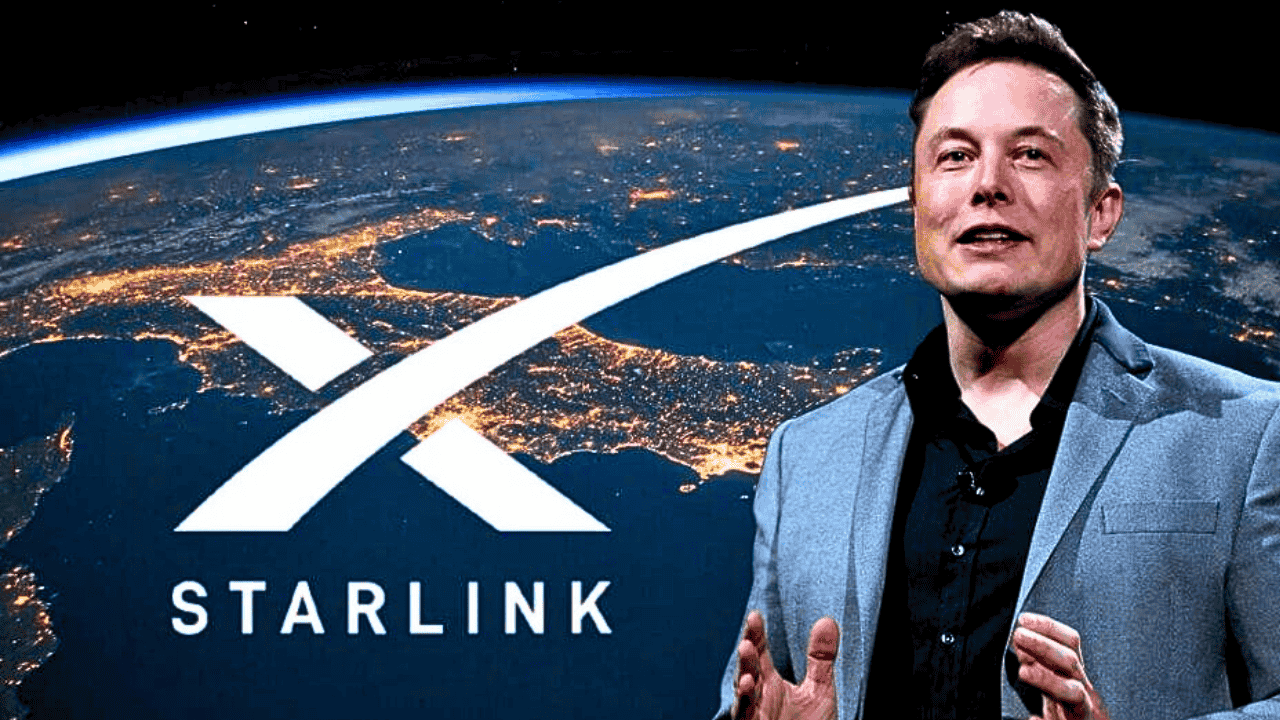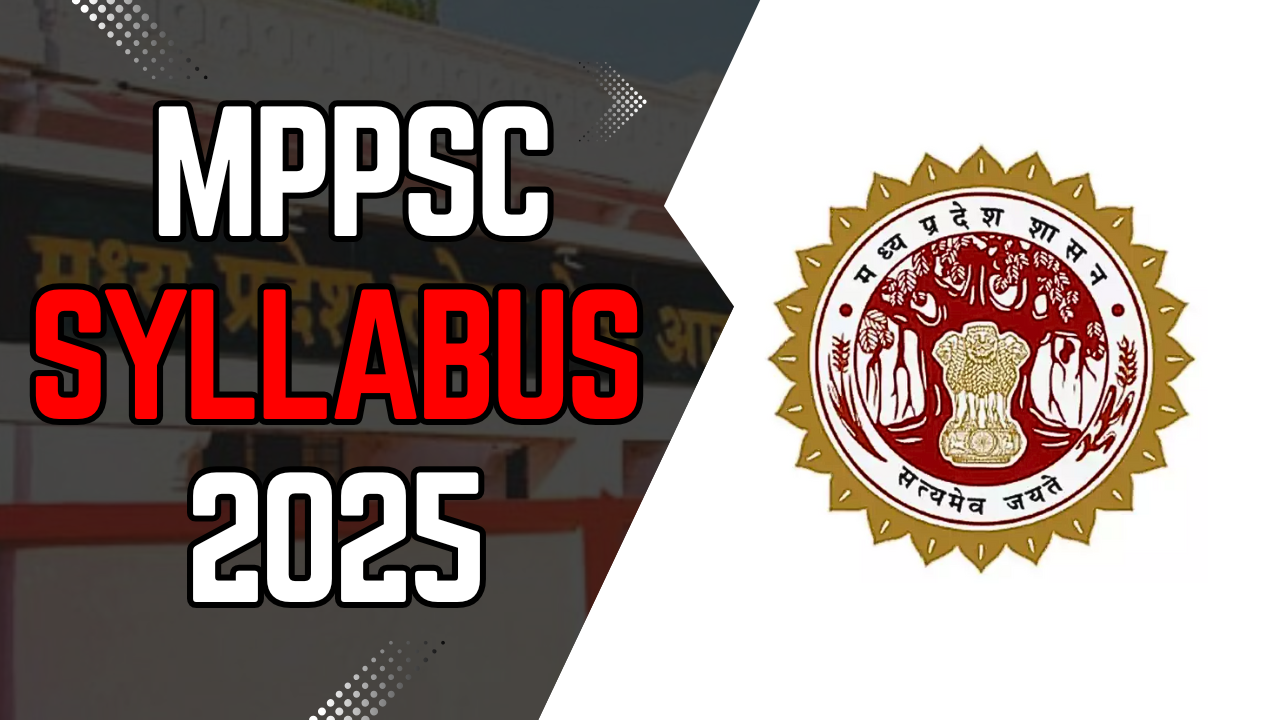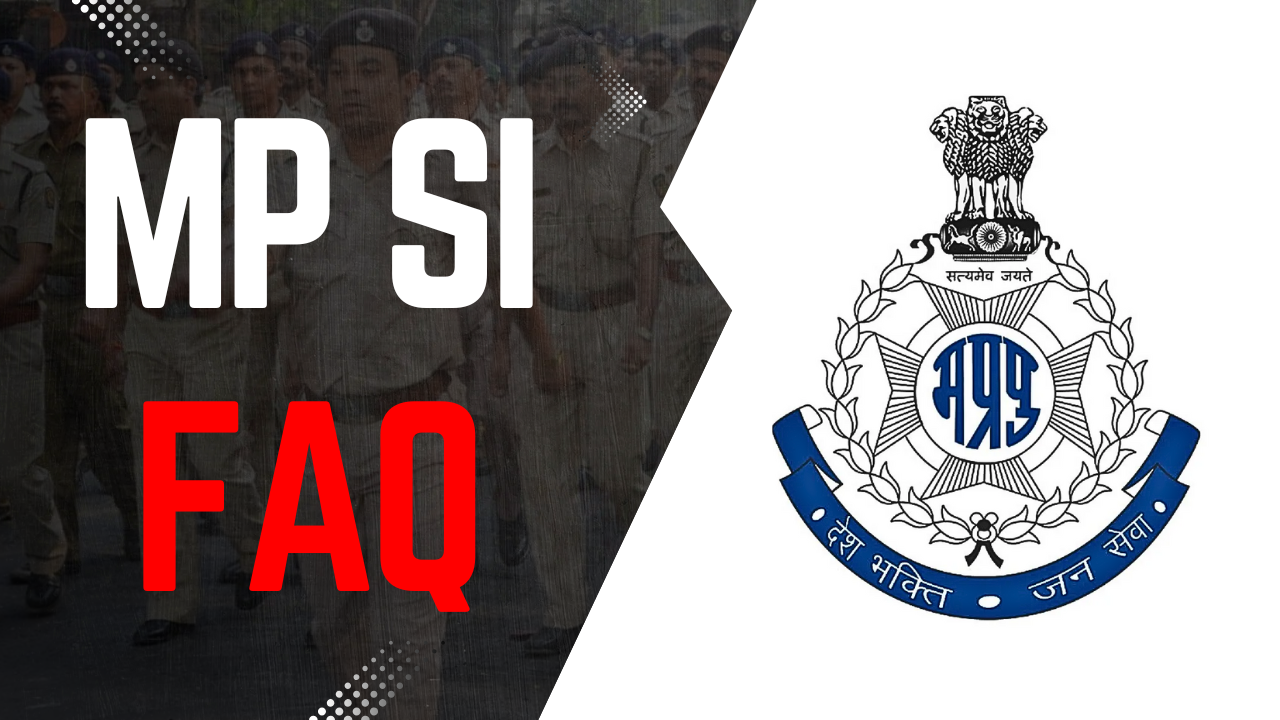Discover the latest on Starlink, Elon Musk’s satellite internet project by SpaceX, offering high-speed, low-latency global connectivity for remote areas.
Starlink Update: The Future of Satellite Internet
Starlink, spearheaded by Elon Musk and operated under SpaceX, is making headlines worldwide. This satellite internet service aims to provide fast, reliable, and low-latency connectivity—even in the most remote corners of the planet. Here’s a detailed look at how it works, its benefits, and what lies ahead.
What Is Starlink?
- Objective: Deliver high-speed internet to rural, remote, and underserved regions around the globe.
- Key Feature: Thousands of Low Earth Orbit (LEO) satellites placed closer to Earth than traditional geostationary satellites.
- Operator: Developed and managed by SpaceX, the aerospace company founded by Elon Musk.
How Does Starlink Work?
- Satellite Constellation: SpaceX has launched numerous small satellites orbiting between 500 and 2,000 km above the Earth’s surface.
- Low Latency Advantage: Being closer to Earth than geostationary satellites, these LEO satellites significantly reduce signal travel time.
- Customer Terminal (Starlink Dish): A compact dish installed at homes or offices connects directly to the satellites, providing internet access.
External Link: Learn more on the official Starlink website.
Key Benefits of Starlink
- Global Coverage: Delivers high-speed connectivity to mountainous areas, deserts, oceans, and other remote regions.
- High Speed & Low Latency: Enables smooth online gaming, video conferencing, and real-time services.
- Minimal Infrastructure: Requires only a receiver dish; no extensive cabling or fiber deployment is needed.
Current Challenges
- Equipment Cost: The dish and monthly subscription can be expensive initially.
- Space Debris Concern: Launching thousands of satellites could increase collision risk and contribute to orbital debris.
- Astronomical Research Impact: The brightness of numerous satellites could interfere with telescope observations and space-based research.
Future Prospects
- Global Broadband Access: Enhances connectivity in disaster-hit areas and rural communities worldwide.
- Competition & Innovation: Other players like Amazon’s Project Kuiper and OneWeb are entering the LEO satellite market, spurring better service and pricing.
- Commercial & Government Applications: Defense, disaster management, telemedicine, and online education may benefit from reliable internet in remote locations.
How to Get Starlink Service
- Pre-Order & Availability: Visit the Starlink website, enter your location, and check if the service is available in your region.
- Installation: Once you receive the kit, place the dish in an open area (like a rooftop), connect it to a power source and router, and you’re online.
Conclusion
Starlink is poised to revolutionize internet connectivity with its low-latency, high-speed satellite network. While cost and space debris are ongoing challenges, the potential for global coverage and seamless online experiences makes Starlink a significant leap forward. As other competitors enter the fray, we can expect continued innovation and more accessible satellite internet solutions.
Keyword
- Starlink
- SpaceX
- Satellite Internet
- Low Earth Orbit
- Elon Musk
If you reside in a rural or remote area with limited internet choices, Starlink could be the solution you’ve been waiting for. Always verify the current availability, compare subscription costs, and choose the plan that fits your needs.
External Link: For SpaceX launch updates and more, visit the SpaceX Official Website.
By Team Atharva Examwise #atharvaexamwise






